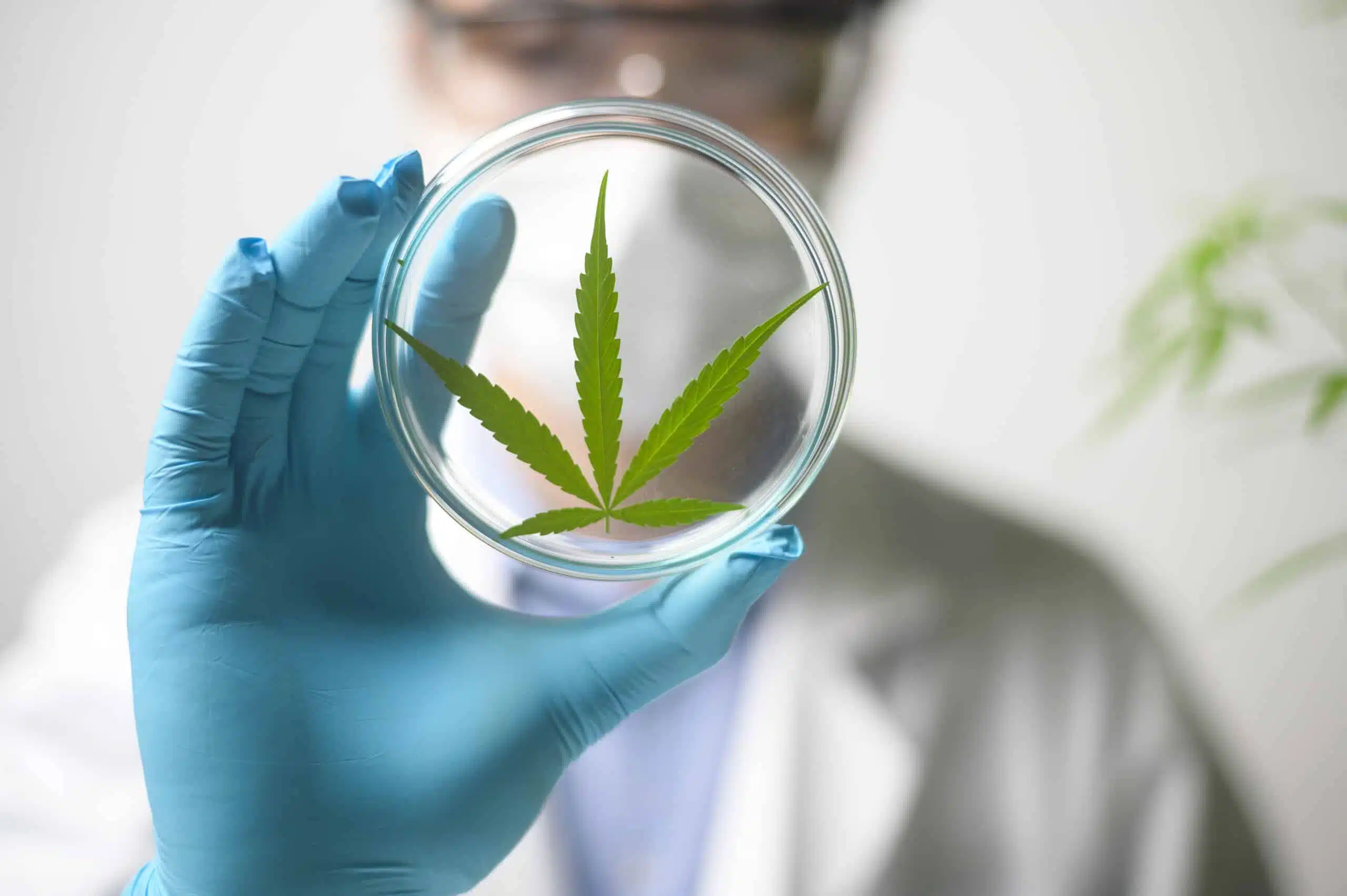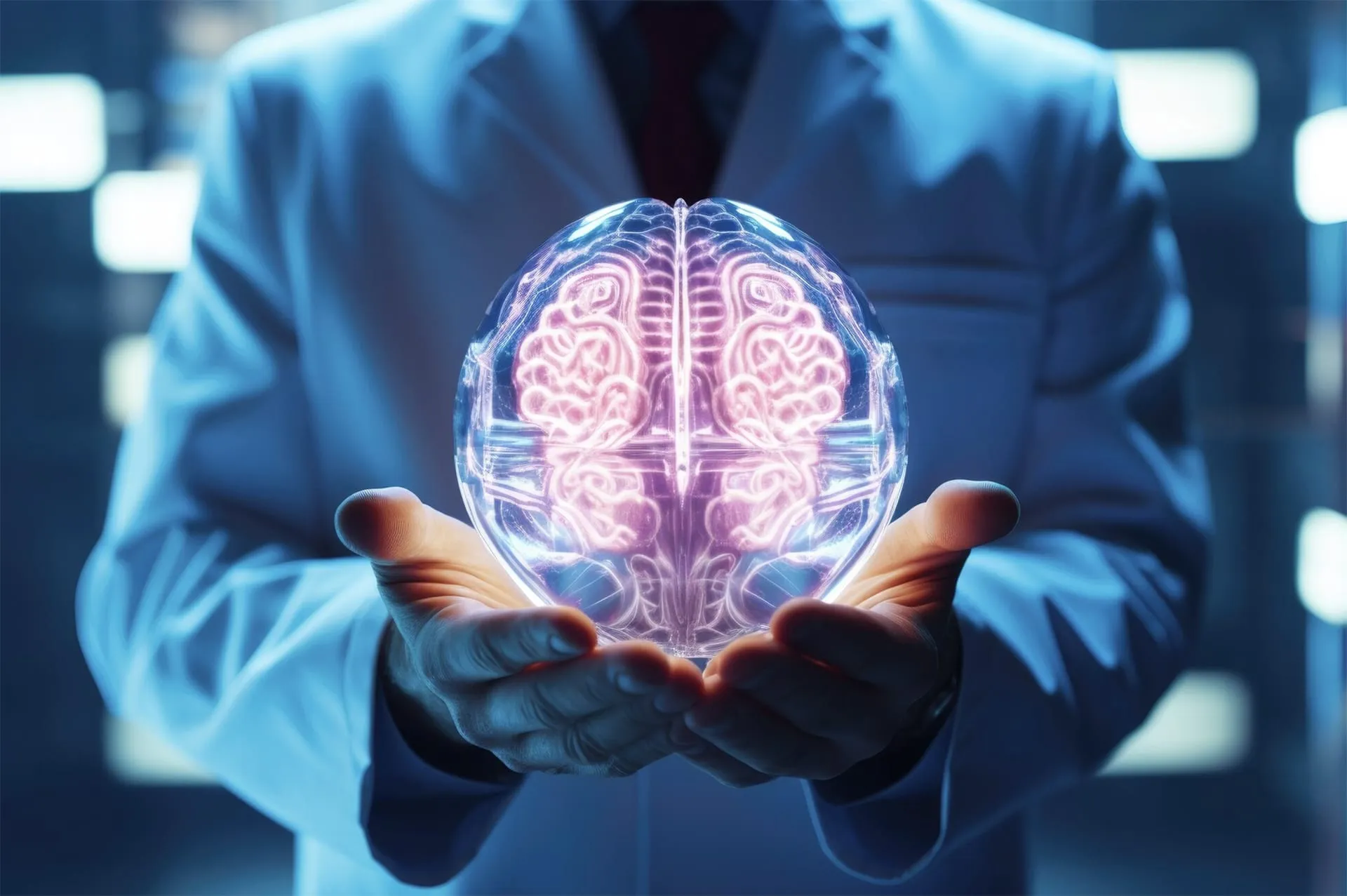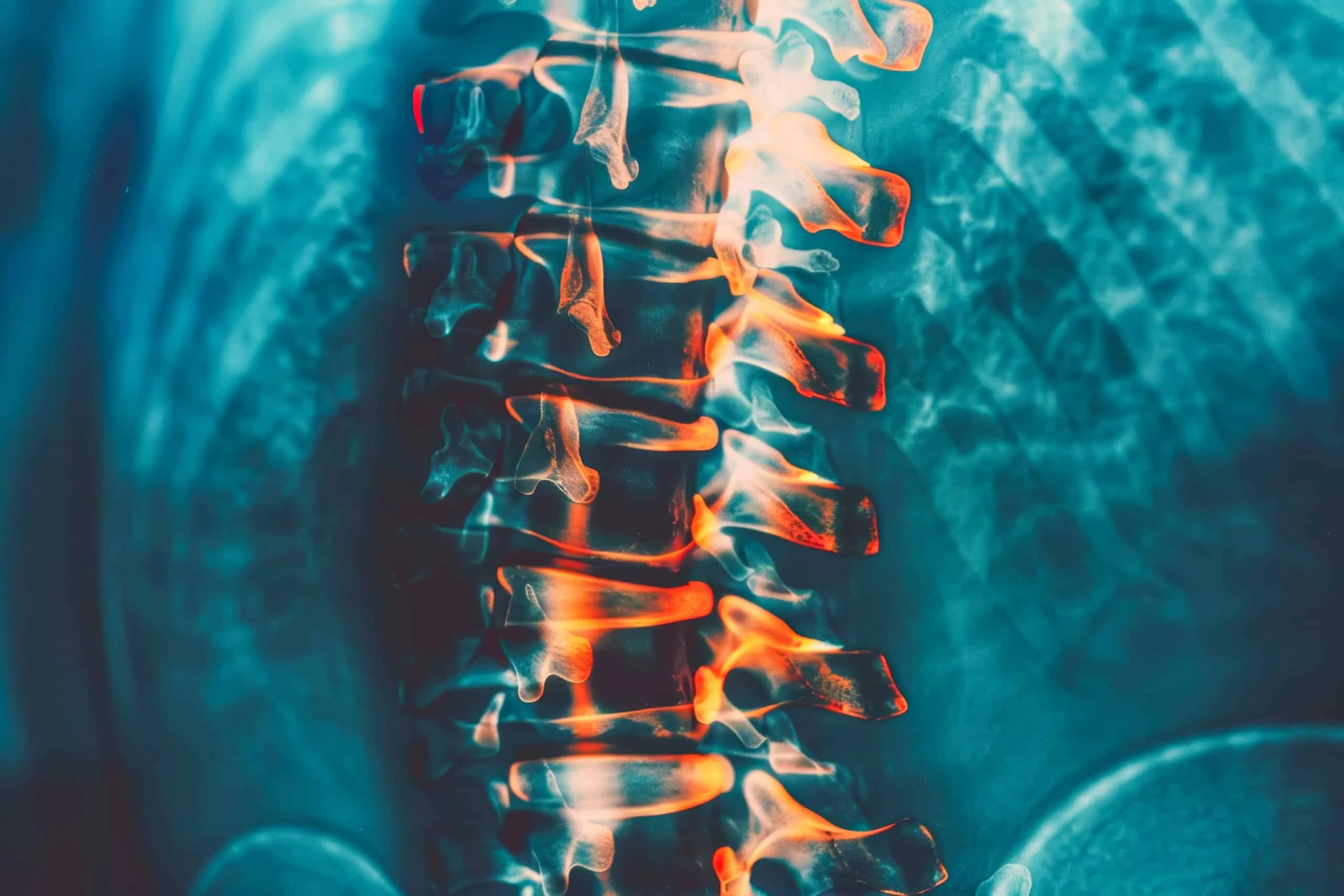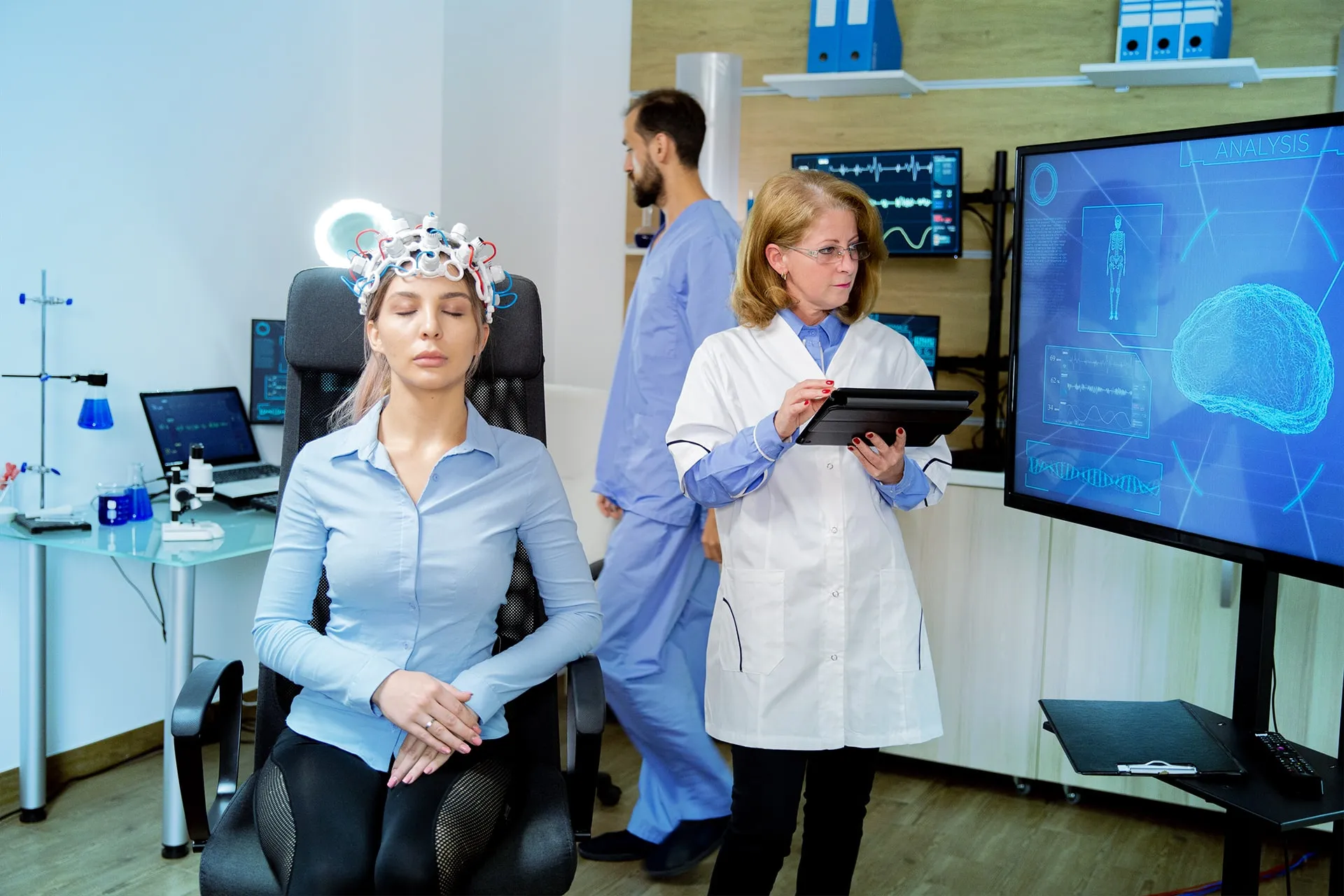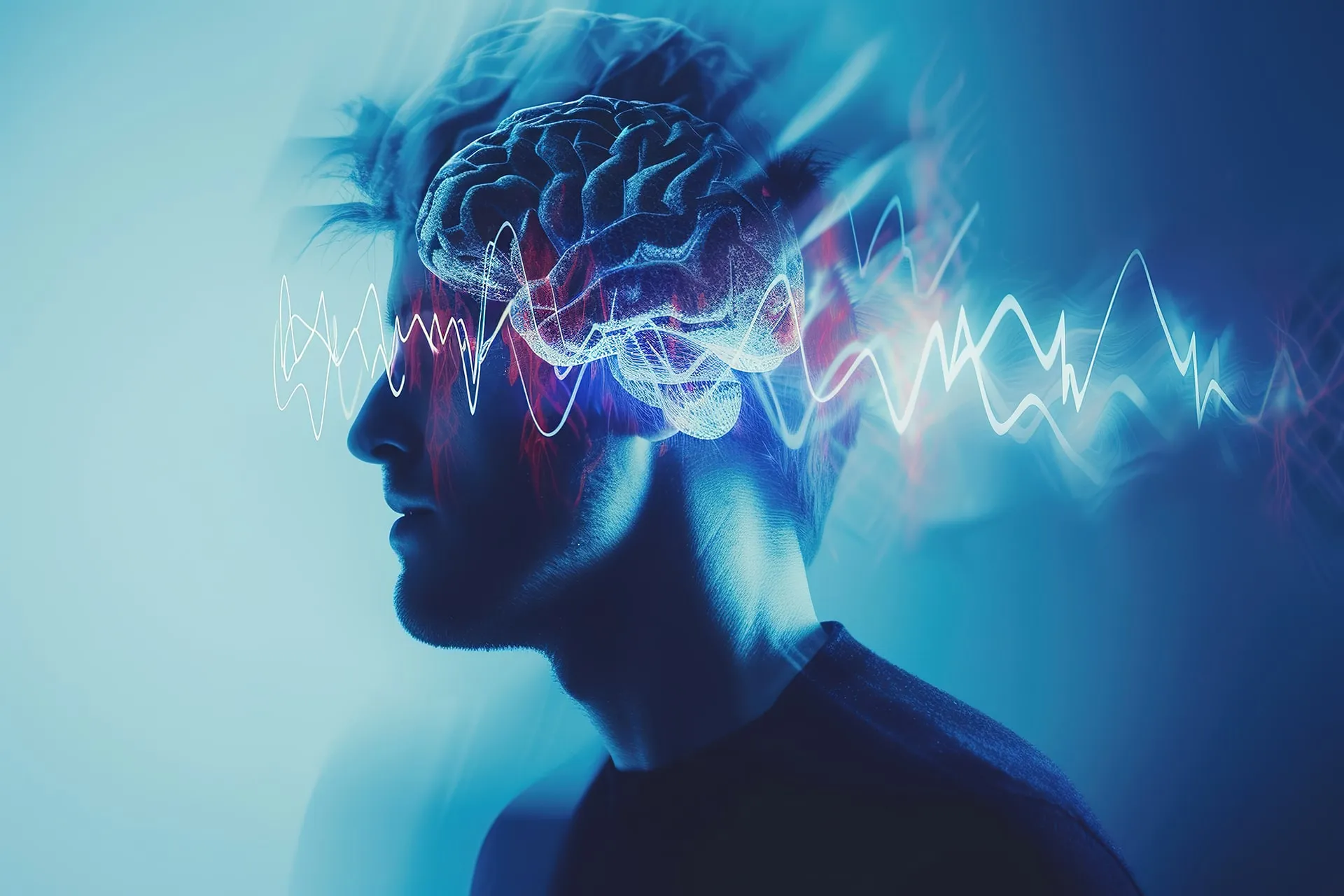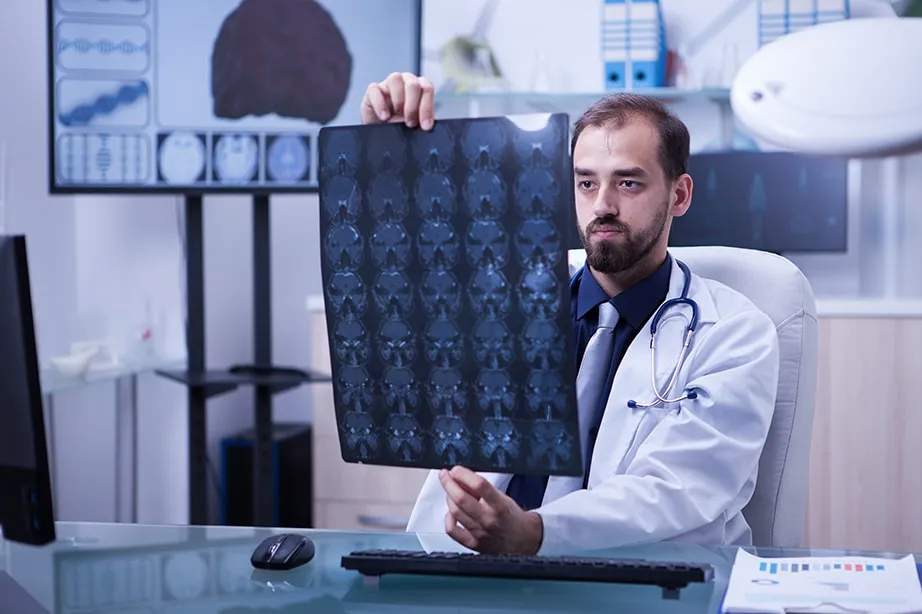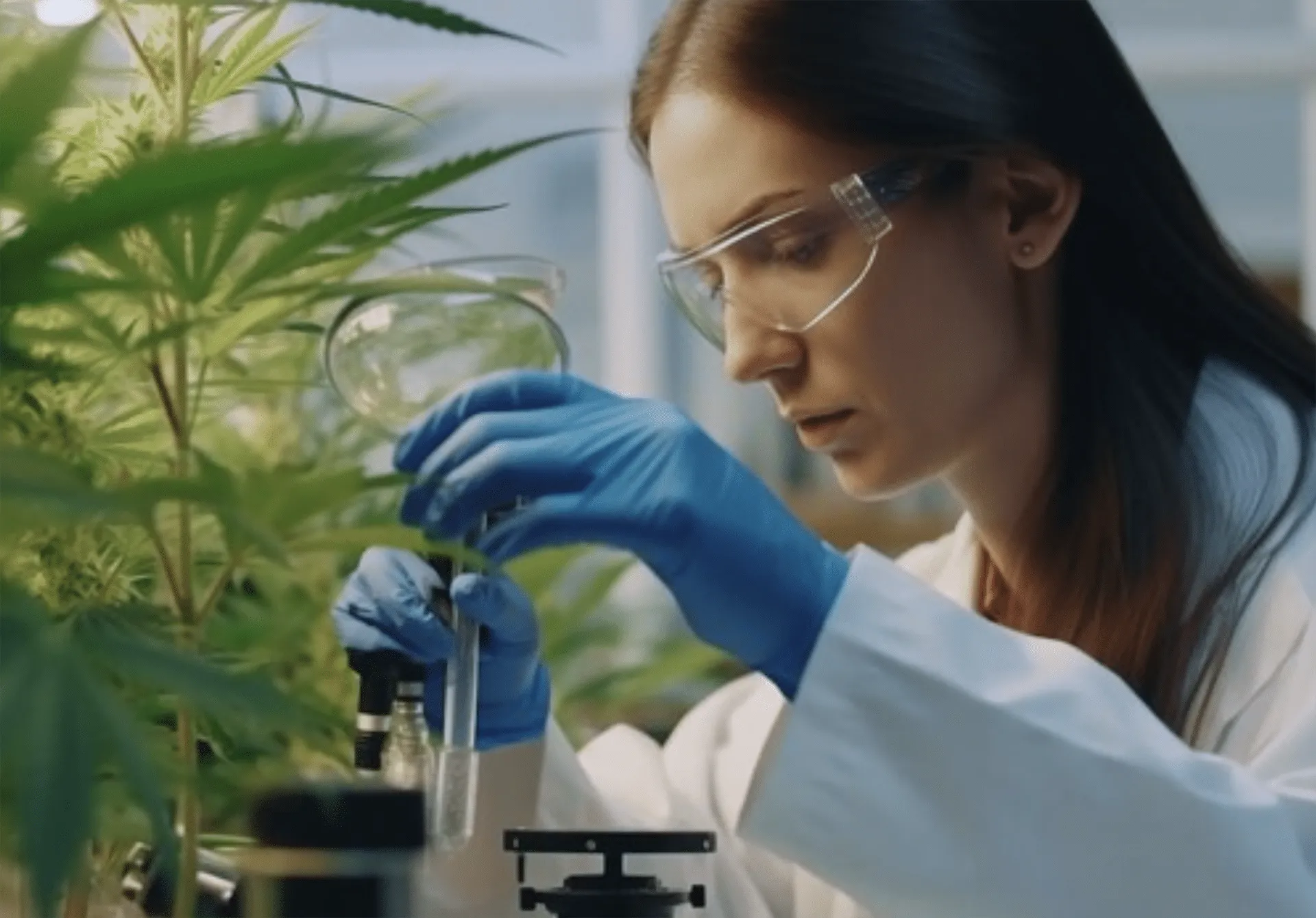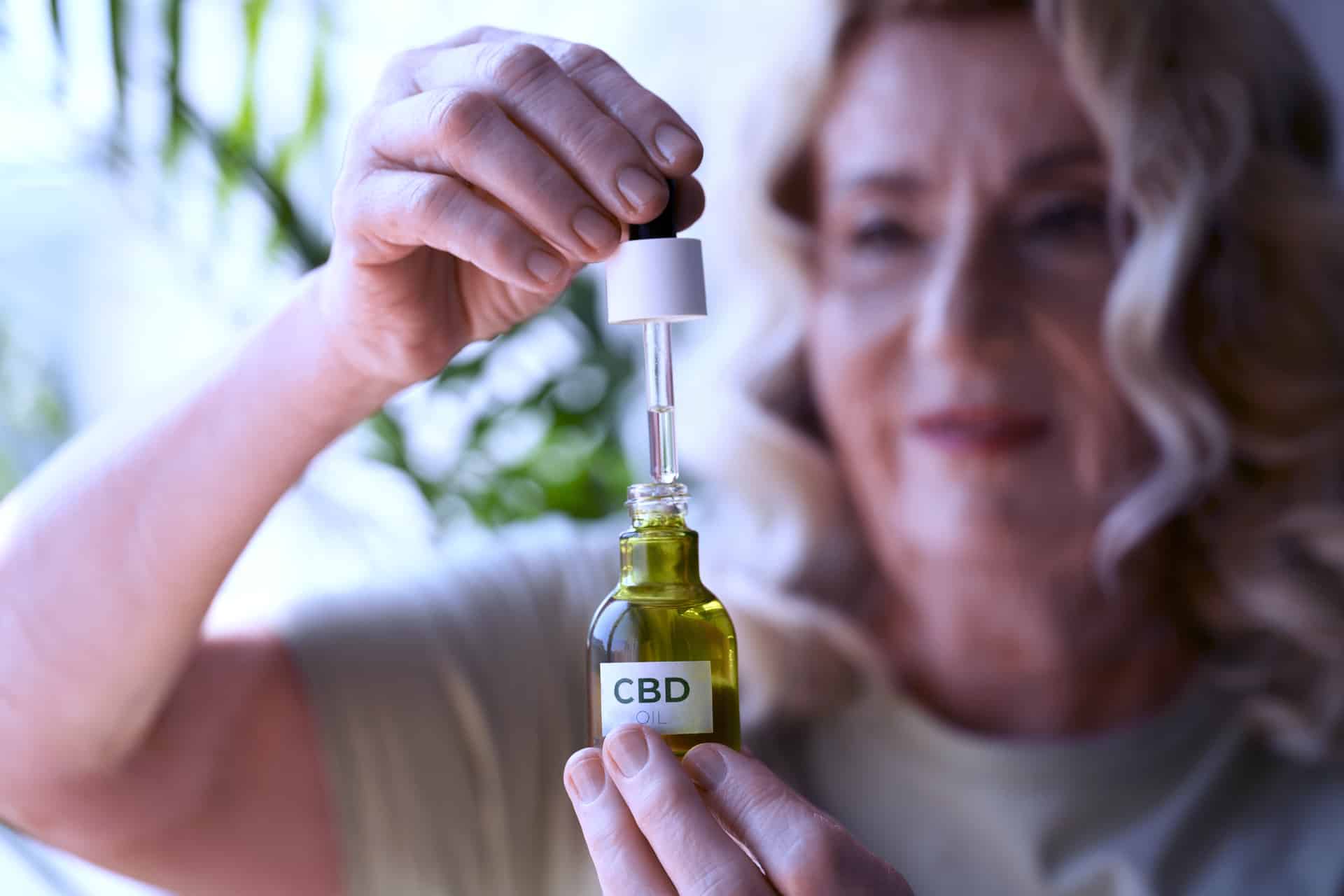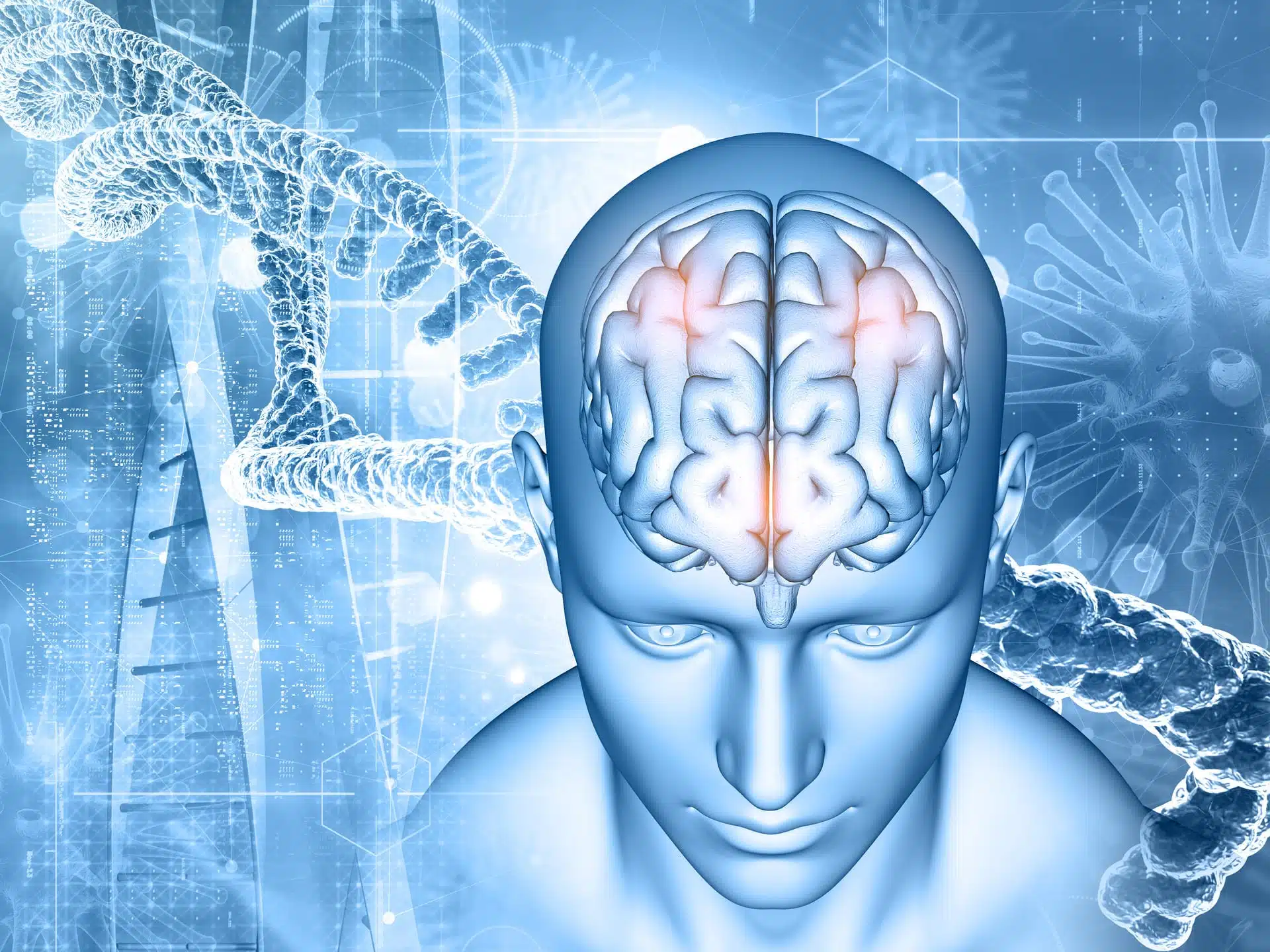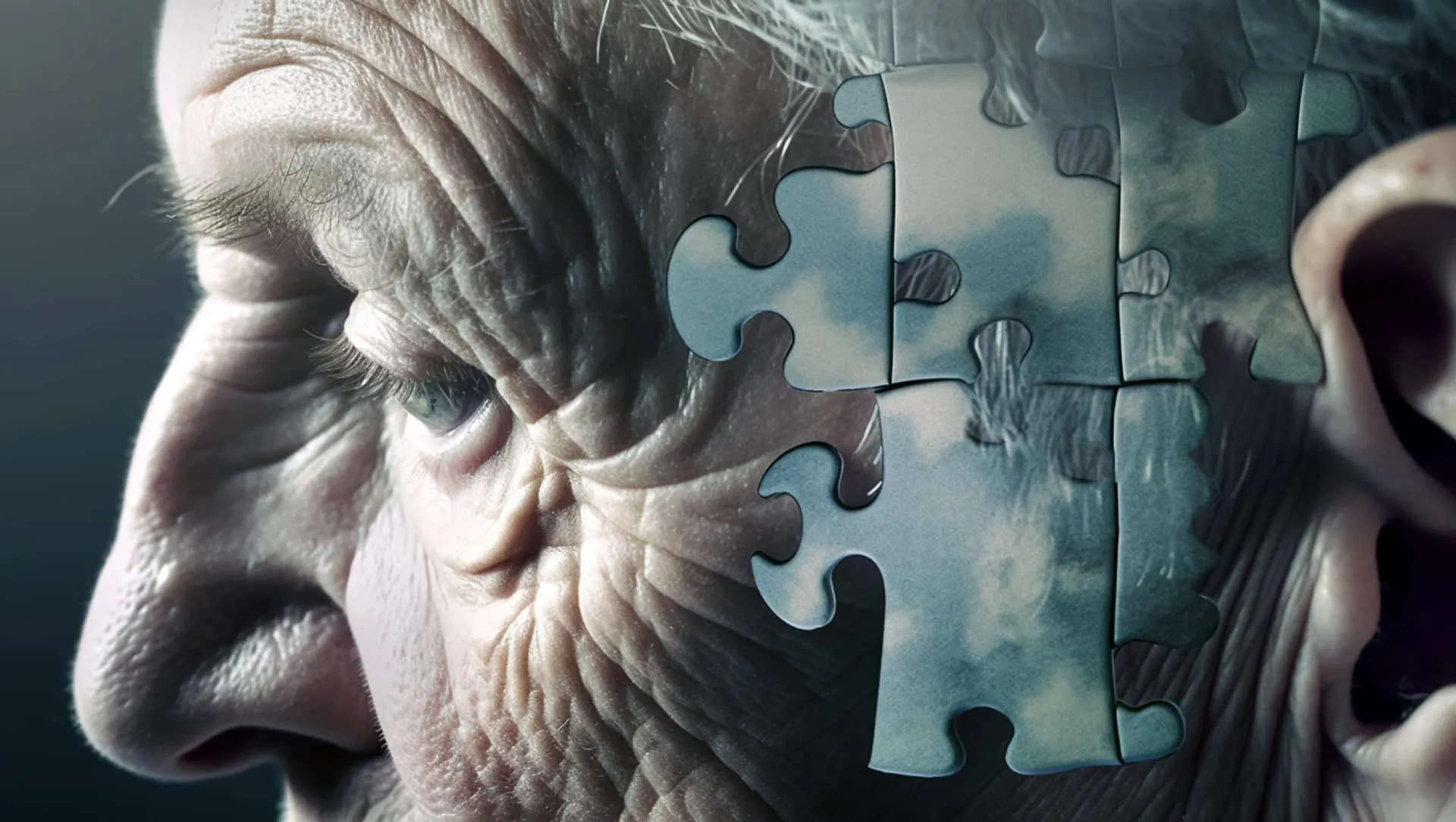Share
Parkinson Disease and Medical Cannabis

Parkinson Disease (PD) is the most common neurodegenerative movement disorder and second neurodegenerative disorder after Alzheimer’s, affecting between 2-3 % of the population aged 65 or older.
The movement disorder component of Parkinson’s is well-recognized, especially in regards to tremors. However, other motor symptoms such as rigidity, bradykinesia/akinesia (slowness of movement/loss of voluntary muscle movement), and postural instability are also present.
In recent years, research has shown that a myriad of non-motor features, such as cognitive impairment, autonomic dysfunction, sleep disorders, depression, and hyposmia (loss of smell), are also present. Furthermore, the non-motor component seems to precede movement symptoms by many years and affects many organ systems, like the gastrointestinal and genitourinary systems, leading to constipation and urinary dysfunction. Other early warning symptoms include rapid eye movement sleep behaviour disorder (REM sleep behaviour disorder), orthostatic hypotension (blood pressure drops when standing up or sitting down), excessive daytime sleepiness, and depression. Patients, however, often fail to disclose this information in doctors appointments, either due to embarrassment or because they are unaware that these symptoms could be Parkinson-related.
Parkinson’s disease (PD) risk factors include age, gender with males being more susceptible compared to females, also environmental factors such as exposure to certain pesticides and residing in rural areas have also been linked to an increased risk of PD. Toxins like MPTP a synthetic toxin, and annonacin, a naturally occurring toxin found in some fruits from the Annonaceae family, can cause damage to brain cells in the substantia nigra pars compacta (abbreviated nigrostriatal or SNc is a part of the brainstem responsible for relaying signals between the brain and body, plays a critical role in movement control) and induce a form of parkinsonism that differs slightly from the classic type, additionally, high levels of manganese, trichloroethylene and carbon monoxide, can also lead to a parkinsonism-like syndrome.
Parkinson Disease and Cannabinoids
Pathophysiology of Parkinson
As previously mentioned, one of the characteristic features of PD is the loss of neurons in specific areas of the substantia nigra, but also the intracellular accumulation α-synuclein.
On the early stages of PD, the neuronal damage is confined to a specific part of the substantia nigra (so named due to the pigment contained within these neurons, termed neuromelanin being similar in appearance to cutaneous melanin) called the ventrolateral region. This area houses pigmented dopaminergic neurons, vital for movement control. Other midbrain dopaminergic neurons are relatively unaffected at this point as estimated cell loss in these groups correlates directly with the percentage of neuromelanin pigment present in them.
The protein α-synuclein. is primarily found in the brain where it plays a key role in neuron communication via synaptic vesicles, dopamine regulation and microtubule function. In PD an accumulation of misfolded a-synuclein, is found in intra-cytoplasmic inclusions called Lewy bodies (Lbs), due to the misfold it becomes insoluble and form b-sheet-rich amyloid aggregates that accumulate and form intracellular inclusions, eventually disrupting mitochondrial, lysosomal and proteasomal functions, damage biological membranes and the cytoskeleton leading to neuronal degeneration.
Although neither the loss of pigmented dopaminergic neurons or the deposition of α-synuclein in neurons are exclusive of Parkinson’s, they present a definitive diagnosis of idiopathic PD when combined.
Genetics
While Idiopathic PD is likely caused by the combination of genetic and environmental factors, mutations in specific genes inherited from parents, can also lead to Parkinson.
The gene SNCA encoding for alpha-synuclein was the first identified genetic cause of Parkinson’s disease, and A53T the first pathogenic mutation identified for SNCA. The mutation in the gene changes the protein sequence, resulting in a variant that is more likely to misfold and aggregate, other pathogenic mutations of SNCA can affect the quantity of a-synuclein or alter its post-transcriptional modifications, and/or its interaction with other cellular organelles and transport systems. One example of this is impairment of mitochondrial function.
Mitochondrial mechanisms impaired in Parkinson’s disease (PD)
| Gene | Function | Damage Caused | Consequence | Role in PD |
|---|---|---|---|---|
| PINK1 | Mitochondrial quality control (serine/threonine kinase) | Fails to mark damaged mitochondria | Impaired mitophagy (removal of damaged mitochondria) | Contributes to mitochondrial dysfunction in PD |
| Parkin | Mitochondrial quality control (E3 ubiquitin ligase) | Can’t be recruited by PINK1 to remove damaged mitochondria | Same as PINK1 | |
| LRRK2 (mutant) | Autophagy (cellular clearance) | Interferes with autophagy, slows alpha-synuclein degradation | Leads to alpha-synuclein accumulation, a hallmark of PD | |
| GBA1 | Lysosomal enzyme (glucocerebrosidase) | Reduced ability to metabolize glucosylceramide | Lysosomal dysfunction, accumulation of toxic substances | Most important known genetic risk factor for PD |
| LRP10 | Protein trafficking between cellular compartments | Unknown | May contribute to Lewy body formation, a hallmark of PD pathology in some cases |
Cannabinoids
The cannabis plant, Cannabis sativa, is rich in chemical compounds called phytocannabinoids. To this day over 100 were identified, with delta-9-tetrahydrocannabinol (THC) being the most prominent and responsible for the psychoactive effects of marijuana. Cannabidiol (CBD), the second most abundant component, is non-psychotropic.
These plant-derived cannabinoids mimic the body’s natural endocannabinoid system (ECS). Anandamide and 2-arachidonylglycerol (2-AG) are examples of endocannabinoids produced by the human body. Both phytocannabinoidsand endocannabinoids interact with cannabinoid receptors, particularly CB-1 and CB-2. These receptors are considered the most important components of the ECS.
When interacting with the receptors, cannabinoids act as a feedback system, especially in the striatum (a nucleus in the subcortical basal ganglia of the forebrain) affecting the amount of dopamine released by dopaminergic neurons. Cannabinoids may also improve the effects of GABA (an inhibitory neurotransmitter) in the basal ganglia, reducing excitatory signals to dopamine neurons as well as suppress the excitatory drive into dopamine neurons via CB-1 activation at glutamatergic synapses. These mechanisms contribute to reducing involuntary movements (dyskinesia) in Parkinson’s.

Pre-clinical studies also point to the existence of neuroprotective mechanisms and movement-improving effects achieved by:
- Enhanced GABA: Cannabinoids may amplify the inhibitory effects of GABA in the brain, leading to a calmer overall activity and potentially reducing tremors or uncontrollable movements.
- Increased Acetylcholine Release: Cannabinoids might stimulate the release of acetylcholine, another neurotransmitter involved in movement control. This could help compensate for the acetylcholine deficiency observed in Parkinson’s disease.
Studies indicate the endocannabinoid system (ECS) is more active in PD, with increased receptors and cannabinoid molecules. This suggests the body’s own cannabinoid system might be trying to counteract the disease process.
- Cannabinoids, like THC, have been shown to protect dopamine neurons from degeneration in animal models of PD.
- Cannabinoids also have anti-inflammatory properties that could help prevent the progressive loss of dopamine neurons.
- Cannabinoids improve motor function in PD models, with some studies showing reduced tremors, akinesia (difficulty initiating movement), and motor impairment.
Pharmacological effects demonstrated by cannabinoids in various models of PD and other diseases
| Compound | Model | Activity Profile |
|---|---|---|
| Oleoylethanolamide (OEA) | 6-OHDA model of PD in mice | Reduces dyskinesia symptoms and markers |
| Oral Cannabinoid Extract (OCE) | Dyskinetic PD patients | Ineffective for treating dyskinesias |
| Cannabis (smoked) | PD patients | Improves tremor, rigidity, bradykinesia, sleep, and pain |
| WIN-55,212-2 | L-DOPA-induced motor fluctuation model of PD | Reduces abnormal involuntary movements |
| OEA and Palmitoylethanolamide (PEA) | LPS-induced neuroinflammation in rats | Reduces oxidative and nitrosative stress |
| WIN-55,212-2 and HU-210 | LPS-induced neuroinflammation in rats | Protects neurons, inhibits inflammatory response |
| THC | MPP+, lactacystin and paraquat induced neurotoxicity | Protects neurons |
| THCA, THC and CBD | MPP+ induced cytotoxicity | Protects neurons and has antioxidant effects |
| WIN-55,212-2 | L-DOPA-induced abnormal involuntary movements | Improves symptoms |
| WIN-55,212-2 | PSI-induced cytotoxicity | Protects cells |
| WIN-55,212-2 and HU-210 | MPTP model of PD | Protects neurons, reduces inflammation, improves motor function |
| (9)-THCV | Unilateral 6-OHDA lesions in rats | Improves motor function and protects neurons |
| (9)-THCV | LPS model of PD in mice | Reduces inflammation and protects neurons |
| AM251 and HU210 | Levodopa-induced dyskinesia model | HU210 reduces some abnormal movements |
| WIN-55,212-2 | MPTP model of PD | Protects neurons |
| Rimonabant | Unilateral 6-OHDA lesions | Improves motor function |
| JWH015 | MPTP model of PD | Reduces inflammation |
| Adenoviral vector enforced expression of CB1 receptor | R6/2 model of Huntington’s Disease | Protects neurons and improves function |
| CBD | 3NP model of Huntington’s Disease | Protects neurons |
| CBD | 6-OHDA model of PD | Increases antioxidant enzymes |
| Various Cannabinoids | Various models | Potential antioxidant effects |
| Cannabinoids | Various models | May reduce neuroinflammation |
| CBD | β-amyloid model of Alzheimer’s Disease | Protects neurons and promotes new neuron growth |
| JWH-133 | AβPP/PS1 model of Alzheimer’s Disease | Reduces inflammation and abnormal protein buildup |
| Sativex® | Tau overexpressing model of Alzheimer’s Disease | Reduces inflammation and free radicals |
| MDA7 | Aβ-induced model of Alzheimer’s Disease | Reduces inflammation, promotes protein clearance, improves memory |
| CBG | 3NP model of Huntington’s Disease | Improves motor function, protects neurons, reduces inflammation |
| HU210 | Huntingtin mutation model | Protects cells |
| ACEA, HU-308 and CBD | Malonate model of Huntington’s Disease | Reduces inflammation |
Abreviations: LPS = lipopolysaccharide; 6-OHDA = 6-hydroxydopamine; PSI = proteasome inhibitor; 3NP = 3-nitropropionic acid; MPP+ = 1-methyl-4-phenylpyridinium; SN = substantia nigra; TH = tyrosine hydroxylase
References
Poewe, W., Seppi, K., Tanner, C.M., Halliday, G.M., Brundin, P., Volkmann, J., Schrag, A.-E. and Lang, A.E. (2017). Parkinson Disease. Nature Reviews Disease Primers, 3(3), p.17013. doi:https://doi.org/10.1038/nrdp.2017.13.
Balestrino, R. and Schapira, A.H.V. (2019). Parkinson disease. European Journal of Neurology, 27(1), pp.27–42. doi:https://doi.org/10.1111/ene.14108.
Connolly, B.S. and Lang, A.E. (2014). Pharmacological Treatment of Parkinson Disease. JAMA, 311(16), p.1670. doi:https://doi.org/10.1001/jama.2014.3654.
Armstrong, M.J. and Okun, M.S. (2020). Diagnosis and Treatment of Parkinson Disease. JAMA, [online] 323(6), pp.548–560. doi:https://doi.org/10.1001/jama.2019.22360.
Garcia-Arencibia, M., Garcia, C. and Fernandez-Ruiz, J. (2009). Cannabinoids and Parkinson’s Disease. CNS & Neurological Disorders – Drug Targets- CNS & Neurological Disorders), [online] 8(6), pp.432–439. doi:https://doi.org/10.2174/187152709789824642.
Baul, H.S., Manikandan, C. and Sen, D. (2019). Cannabinoid receptor as a potential therapeutic target for Parkinson’s Disease. Brain Research Bulletin, 146, pp.244–252. doi:https://doi.org/10.1016/j.brainresbull.2019.01.016.
Buhmann, C., Mainka, T., Ebersbach, G. and Gandor, F. (2019). Evidence for the use of cannabinoids in Parkinson’s disease. Journal of Neural Transmission, 126(7), pp.913–924. doi:https://doi.org/10.1007/s00702-019-02018-8.
More, S.V. and Choi, D.-K. (2015). Promising cannabinoid-based therapies for Parkinson’s disease: motor symptoms to neuroprotection. Molecular Neurodegeneration, 10(1). doi:https://doi.org/10.1186/s13024-015-0012-0.
Stampanoni Bassi, M., Sancesario, A., Morace, R., Centonze, D. and Iezzi, E. (2017). Cannabinoids in Parkinson’s Disease. Cannabis and Cannabinoid Research, 2(1), pp.21–29. doi:https://doi.org/10.1089/can.2017.0002.
Clinical Trials
Cannabis Oil for Pain in Parkinson’s Disease,
https://clinicaltrials.gov/study/NCT03639064,Parkinson Disease,INTERVENTIONAL
Effect of Medical Cannabis for Non-motor Symptoms of Parkinson’s Disease
https://clinicaltrials.gov/study/NCT05106504,”Bladder,Overactive|Parkinson Disease”,OBSERVATIONAL
Outcomes Mandate National Integration With Cannabis as Medicine
https://clinicaltrials.gov/study/NCT03944447,Chronic Pain|Chronic Pain Syndrome|Chronic Pain Due to Injury|Chronic Pain Due to Trauma|Fibromyalgia|Seizures|Hepatitis C|Cancer|Crohn Disease|HIV/AIDS|Multiple Sclerosis|Traumatic Brain Injury|Sickle Cell Disease|Post Traumatic Stress Disorder|Tourette Syndrome|Ulcerative Colitis|Glaucoma|Epilepsy|Inflammatory Bowel Diseases|Parkinson Disease|Amyotrophic Lateral Sclerosis|Chronic Traumatic Encephalopathy|Anxiety|Depression|Insomnia|Autism|Opioid-use Disorder|Bipolar Disorder|Covid19|SARS-CoV Infection|COVID-19|Corona Virus Infection|Coronavirus,INTERVENTIONAL
Cannabinoids for Parkinson’s Disease: Findings from Clinical Trials and Observational Studies
| Cannabinoid | Study Design | Effects on Parkinson’s Disease | Findings |
| Nabilone (synthetic cannabinoid) | RCT (double-blind, placebo-controlled) | Levodopa-induced Dyskinesia (LID) | Reduced severity and duration of LID |
| Cannador (Cannabis extract with THC and CBD) | RCT (double-blind, placebo-controlled) | LID, motor function, quality of life, sleep, pain, overall parkinsonism | No significant effect on LID or most other measures |
| Anandamide (endogenous cannabinoid) | RCT | Motor symptoms, LID | No significant effect |
| CBD | RCT | Motor symptoms, LID, overall parkinsonism, well-being, quality of life | Mixed results; some studies showed improvement in well-being and quality of life, but limited effect on motor symptoms |
| CBD | RCT (crossover) | Anxiety, tremor | Reduced anxiety, no effect on tremor |
| Nabilone | RCT | Mentation, behavior, mood, motor symptoms, overall parkinsonism, quality of life, sleep, pain | Improved mentation, behavior, and mood; no clear effect on motor symptoms |
| Cannabis (observational) | Observational (retrospective questionnaire) | Motor symptoms, overall parkinsonism, dyskinesia, pain | Self-reported improvement in some aspects, but limited generalizability |
| CBD (observational) | Observational (open-label pilot) | Psychosis, motor symptoms, dyskinesia, overall parkinsonism | Improved psychosis; limited effect on motor symptoms |
| Cannabis (observational) | Observational (open-label) | Motor symptoms, non-motor symptoms | Improved motor symptoms for some, no effect on others |
| Cannabis (observational) | Observational (retrospective questionnaire) | Quality of life, mood, sleep, energy, motor symptoms | Self-reported improvement in some aspects, but limited generalizability |
| Cannabis (observational) | Observational (open-label) | Pain, motor symptoms | Reduced pain in some, improved motor symptoms in some |
| Cannabis (observational) | Observational (retrospective questionnaire) | Motor symptoms, non-motor symptoms | Self-reported improvement in some aspects, but limited generalizability |
| Cannabis (observational) | Observational (retrospective questionnaire) | Motor symptoms, non-motor symptoms | Self-reported improvement in some aspects, but limited generalizability |
| Cannabis oil (observational) | Observational (retrospective questionnaire) | Motor symptoms, non-motor symptoms | Self-reported improvement in some aspects, but limited generalizability |
| Cannabis (observational) | Observational (retrospective questionnaire) | Motor symptoms, non-motor symptoms | Self-reported improvement in some aspects, but limited generalizability |

